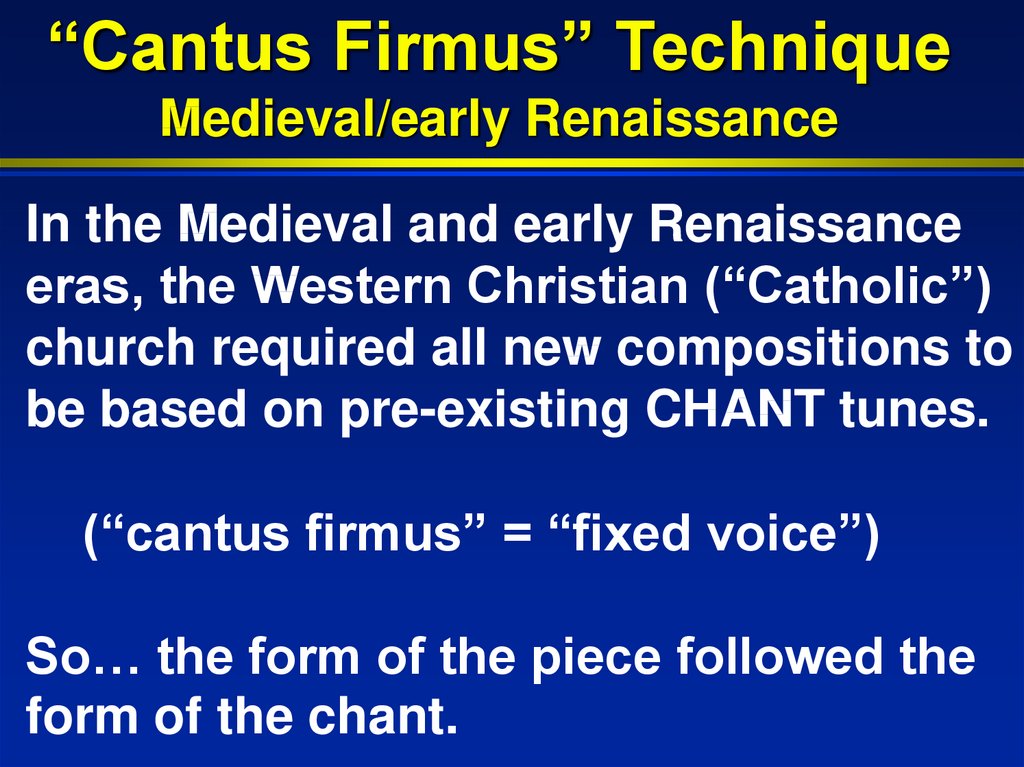

Ein Beitrag zur Rhythmologie, Kritik und Exeg (.)Ģ The main thesis of the investigation is that caesuras or rather incisions of different degrees do play a central role in biblical Hebrew poetry 10 and are closely connected to the weaving of key words and paronomasies, forming a tricky work of parallelism on phonetic, grammatic and semantic layers. 10 This is a central argument insisted on in Lowth’s De sacra poesi Hebraeorum, 1753 as well as in Men (.).Nevertheless, their translations are shown here as an important support for the thesis that the Hebrew psalms call for a structuring layout. Within the scope of this essay, these translations are not analyzed, but only the first part of the actually twofold project is presented. Second, both focus on the Masoretic accents as a guide to the rhythmic arrangement and movement of the poems 8 9. First, they explicitly look at and reflect on the biblical Hebrew psalms as poetry and try to give optic equivalents for their structure. The current PhD project, from which this essay is an extract, focuses on the German and French translations of Moses Mendelssohn, 1783 6 and Henri Meschonnic, 2001 7 for two reasons. Fourth, exceptional translations have to be taken seriously as practical observations of the original Hebrew verse structure and equivalents for them.

Third, there is the peculiarity of the Masoretic accents, a system of diacritic signs, indicating divisions and combinations of speech units 5. Second, the explicit rules for writing these songs are fixed in the “Writers’ Treatise” 4. First, there are the special layouts in medieval manuscripts for the kernel poems of the Hebrew Bible, including Mose’s Song at the sea (Ex 15), Mose’s leave-taking song (Dtn 32), Debora’s victory song (Ri 5) and Samuel’s thanksgiving song (2 Sam 22) which is identical with psalm 18. Four sources show signs of a concept of writing systems for poetry that tries to indicate the rhythmical structure and division of these poems: Signs of a “Semiotik der Textgestalt” as Raible puts it 3. The main part of manuscripts however, stem from the early and late Middle Ages. What we have is a variety of Hebrew “textual witnesses” 1, the fragments from the Judean Desert being the earliest ones (ca. Anthropologie historique du langage, La (.)ġ By analyzing psalm 4 (י Bĕqor’í ‘anéni ’elohe tsidqí) as an example, this essay intends to show the specific problem of biblical Hebrew poetry: the lack of a final layout authorized by “the poet” which could indicate the “original” verse structure. Moses Mendelssohn’s “Be ’ ur” (Hebrew for “explanation”) on the song at the sea (Ex 15), H eb (.) Traduction des psaumes, Paris, Desclée de Brouwer, 2001.
#Verses forms ten verses four verses strophes pro#
William Wickes, Two Treatises on the Accentuation of the Old Testament טעמי אמ״ת on Psalms, Pro (.) Tractate for Scribes, translated into English with Introduction and Notes by Rev (.)

3 “Semiotics of the Textual Shape”, Wolfgang Raible, Die Semiotik der Textgestalt.Tov “Special Layout of Poetical Units in the Texts from the Ju (.)



 0 kommentar(er)
0 kommentar(er)
